Dear Friends and Family,
There is one more corner of Wyoming that is well off the beaten path and well worth seeing: The Bighorn Mountains.
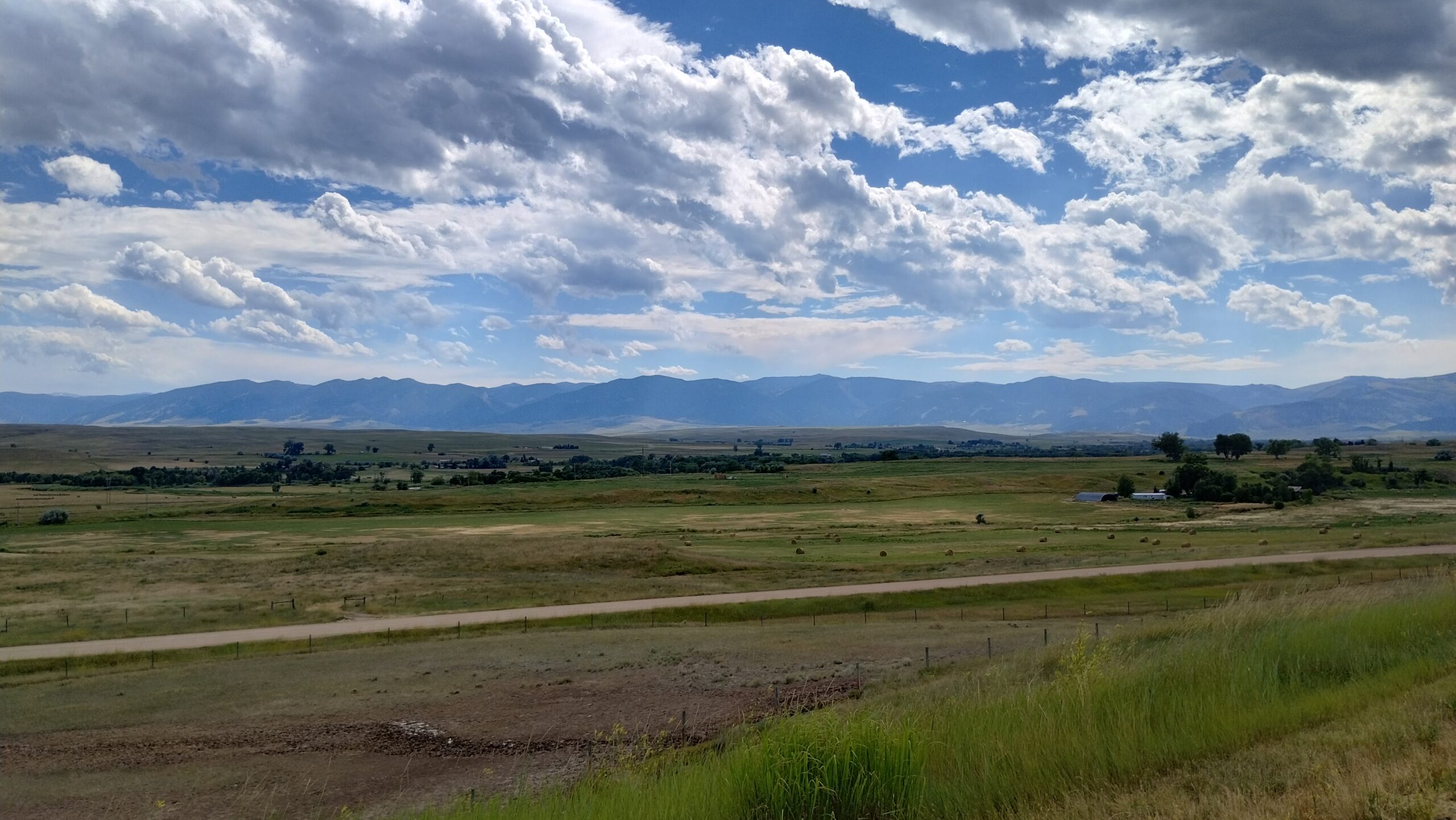
The Bighorns are an isolated mountain range in northern Wyoming, southwest of Sheridan. I know that doesn’t really help place it in anyone’s mind, but the interesting thing about the Bighorns is that they really aren’t near anything.
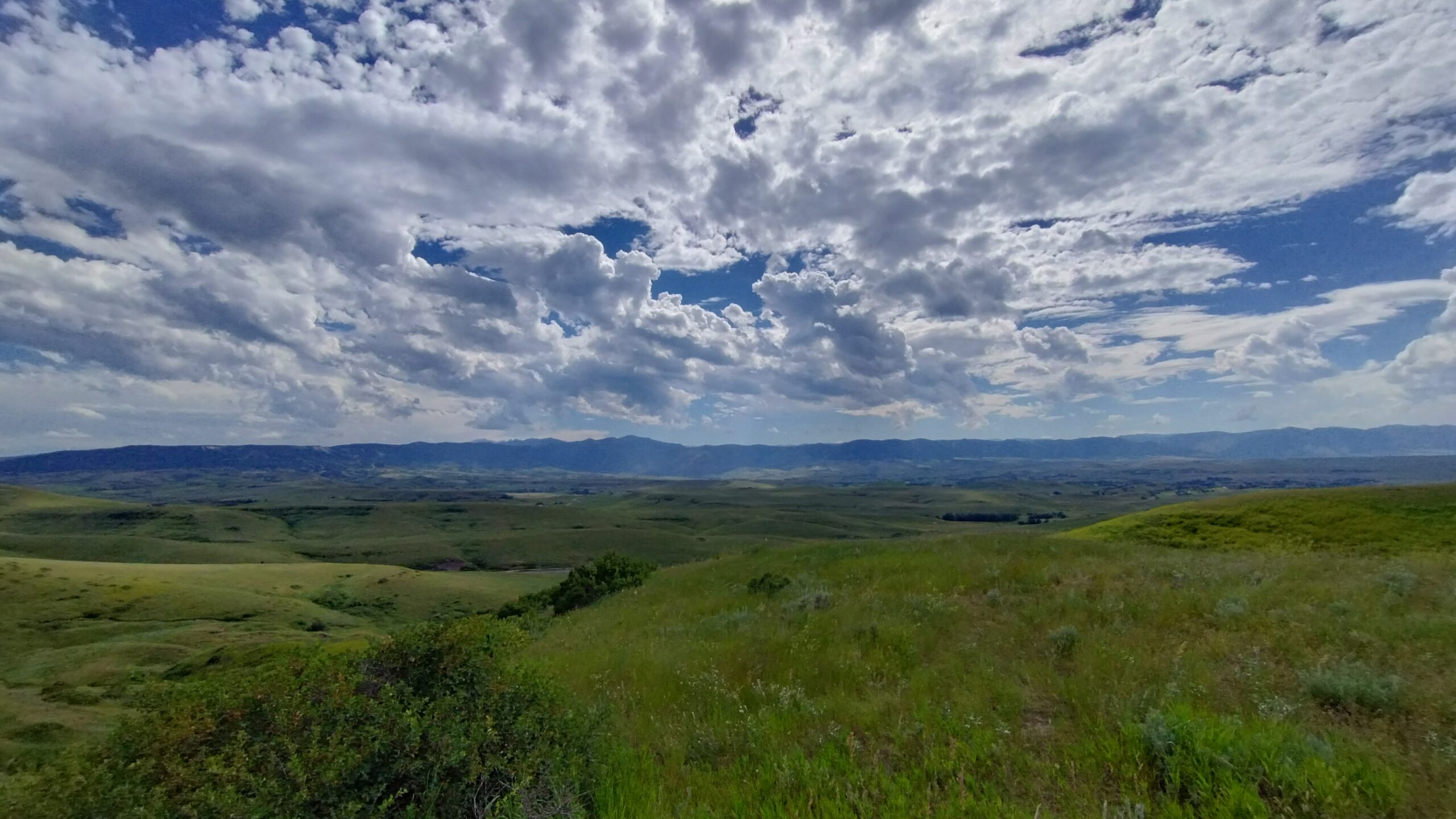
They’re not like the Tetons, or the Cascades, or any of these towering western massifs with their deep canyons and high and wide passes. They’re not like the endless and immortal ridgeback of the Appalachians, forming a flat and nigh impenetrable wall from Georgia to Maine. The Bighorns stand alone, a ridge unto themselves, some kind of shield to the rest of the west (the Black Hills are arguably the spear, to drag out the metaphor).
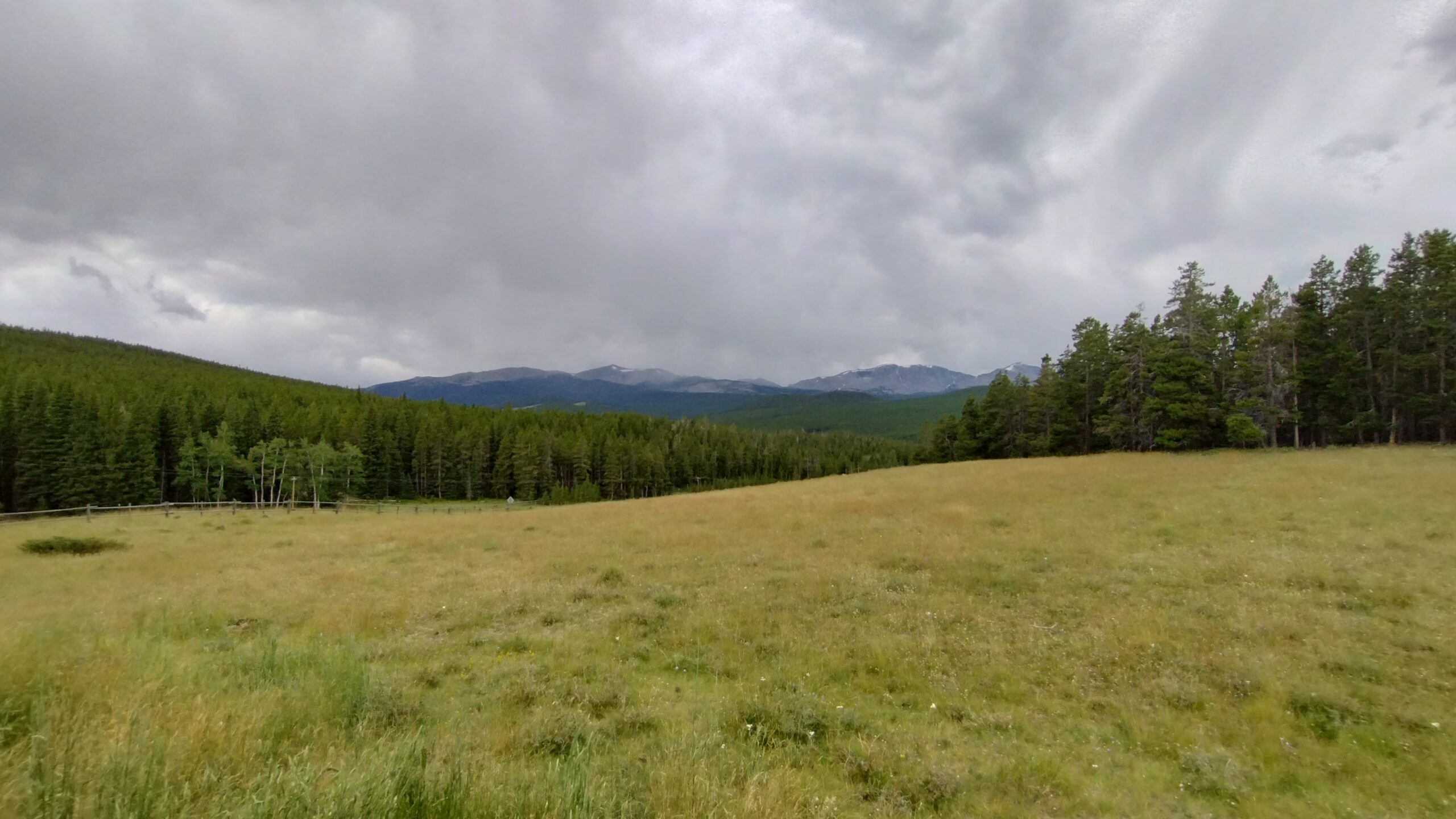
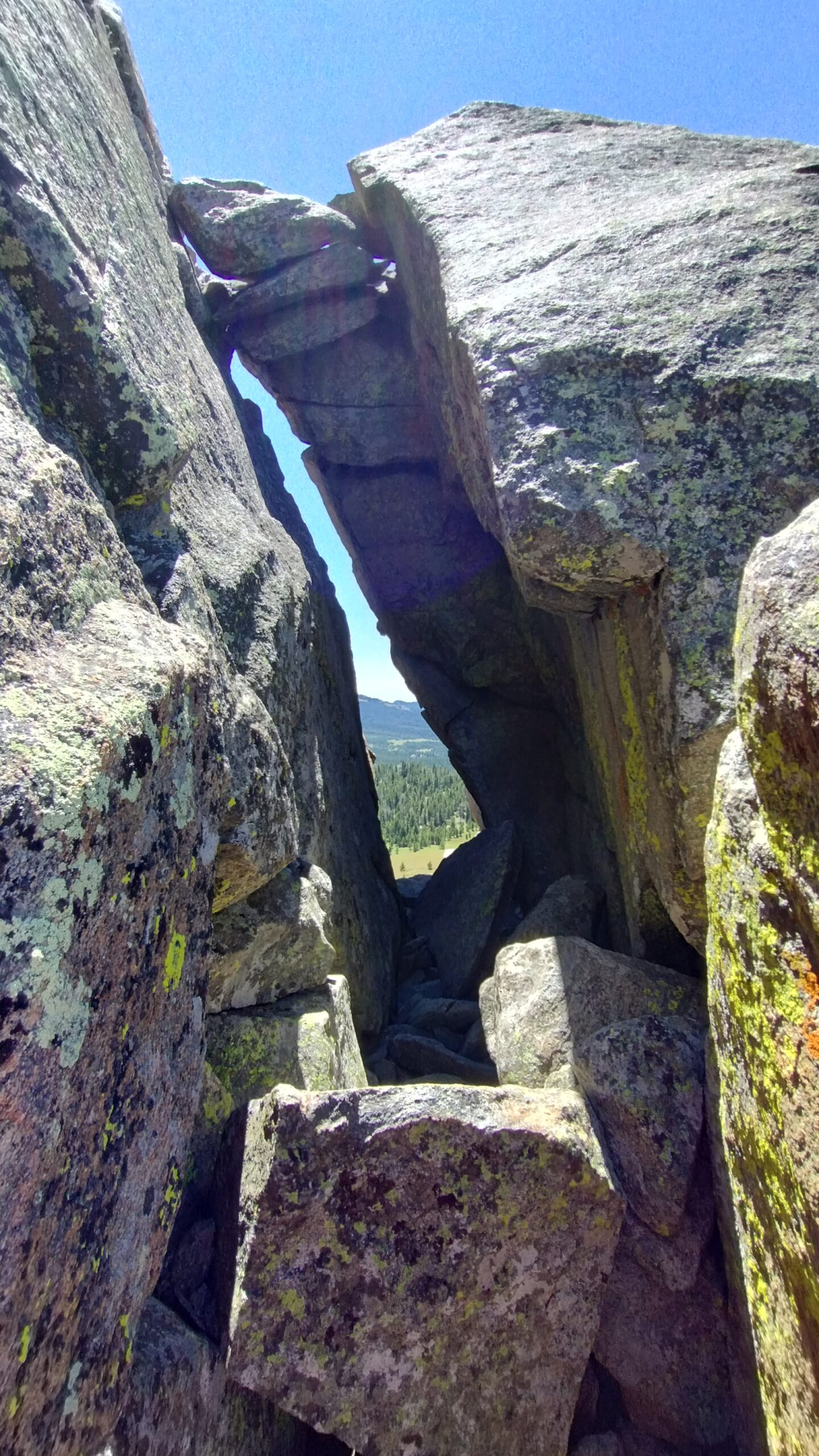
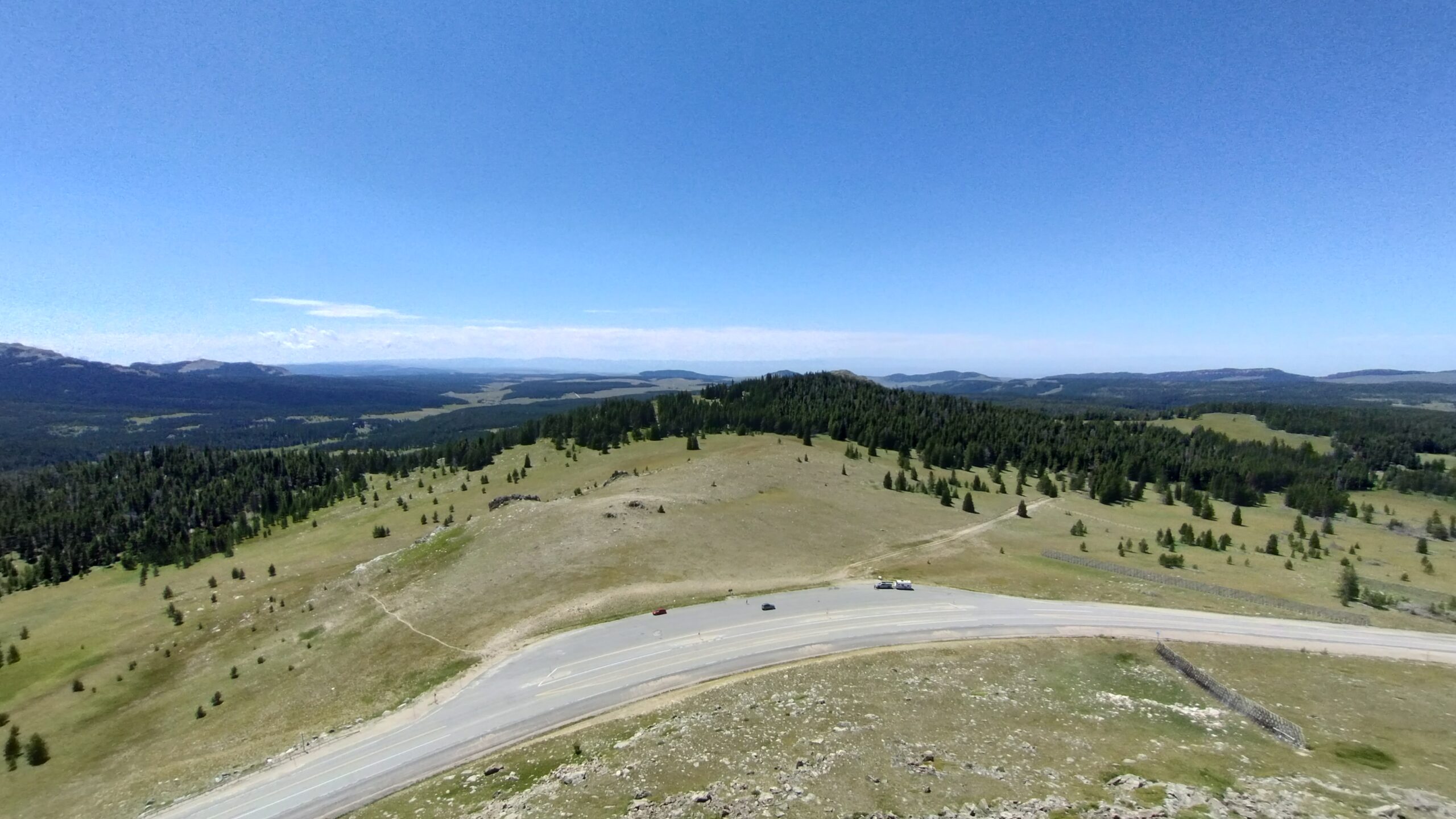
I wandered down Billings on I-25 down the east side of the mountains before cutting through at Powder River Pass:
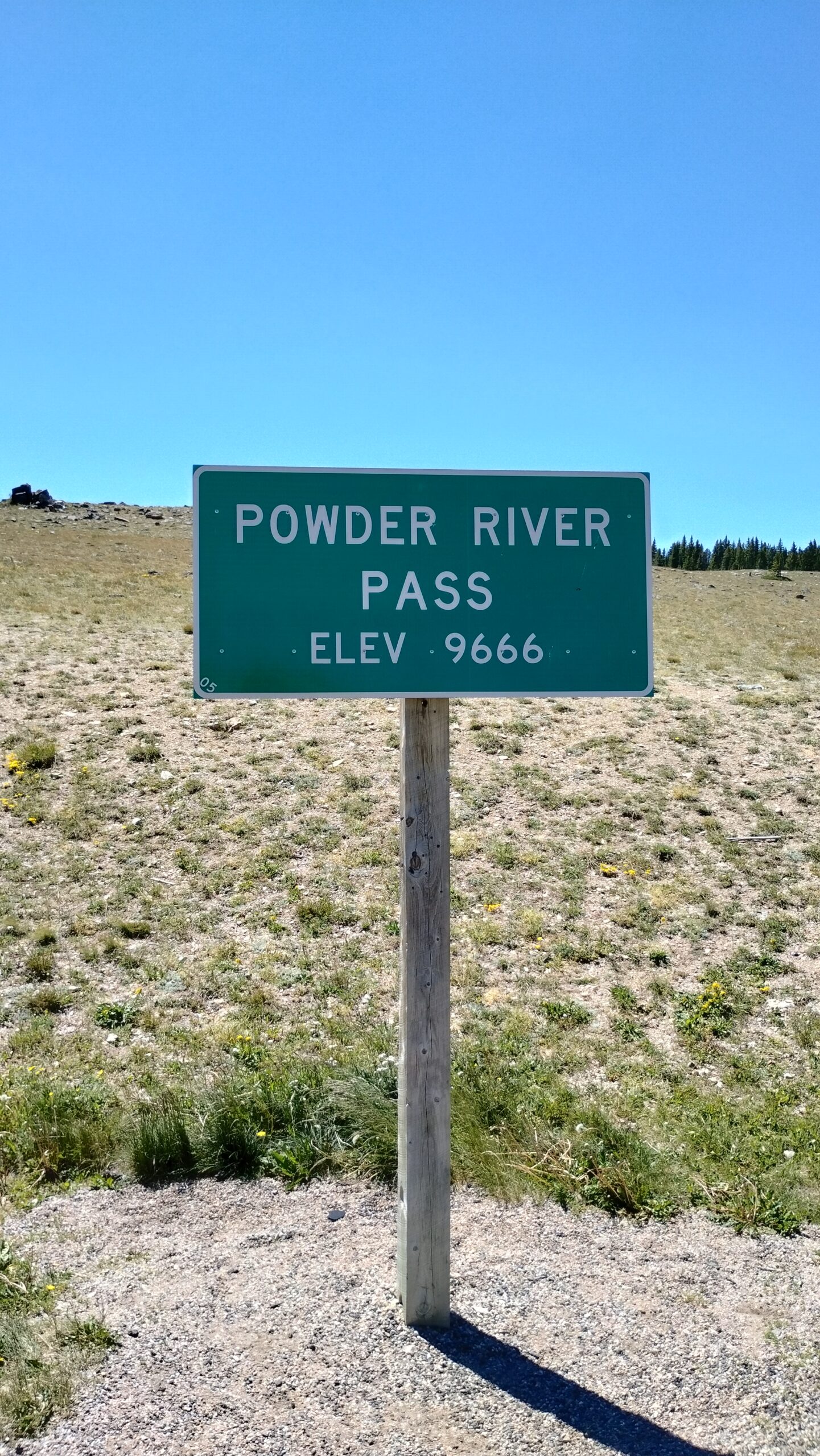
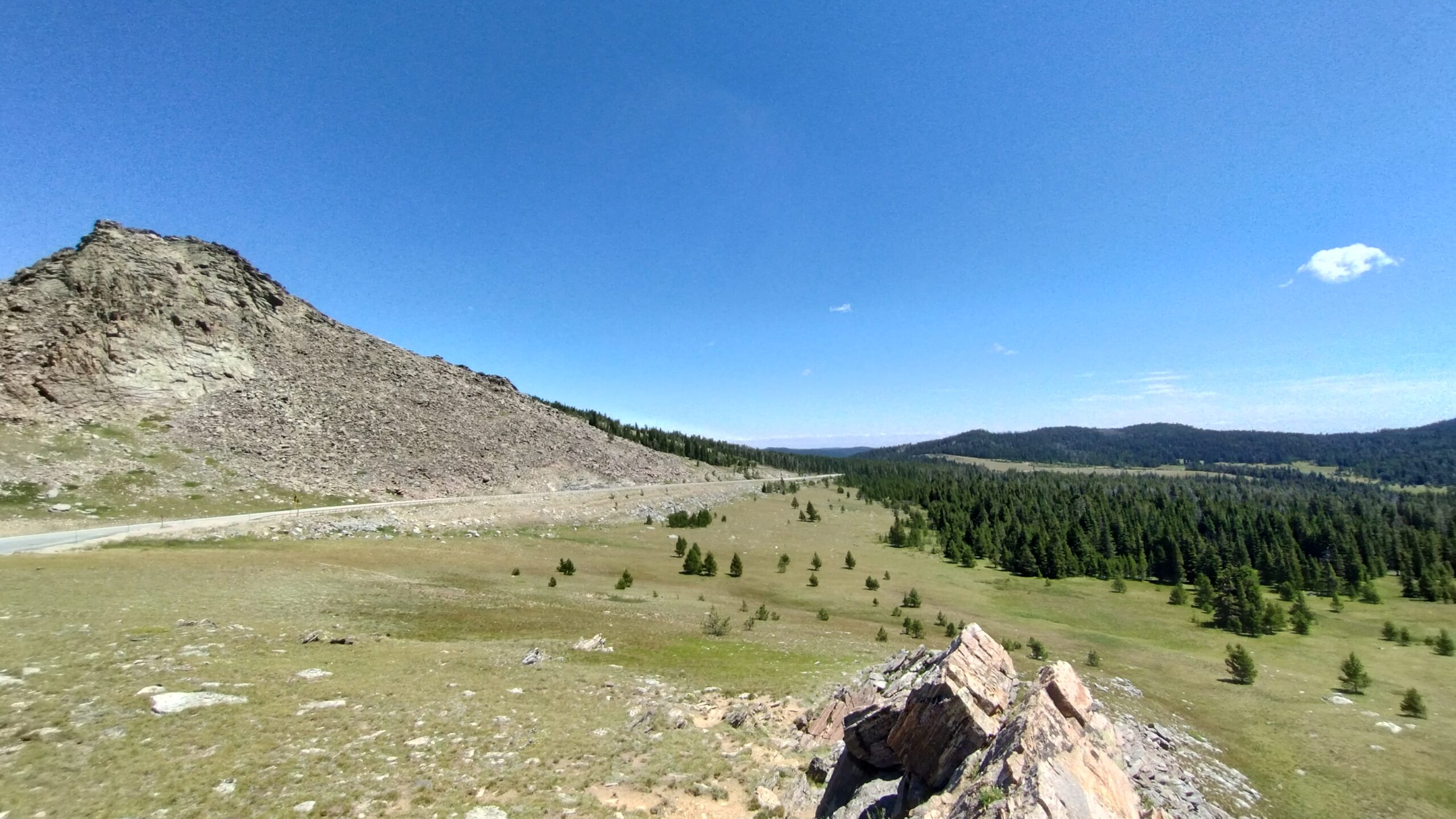
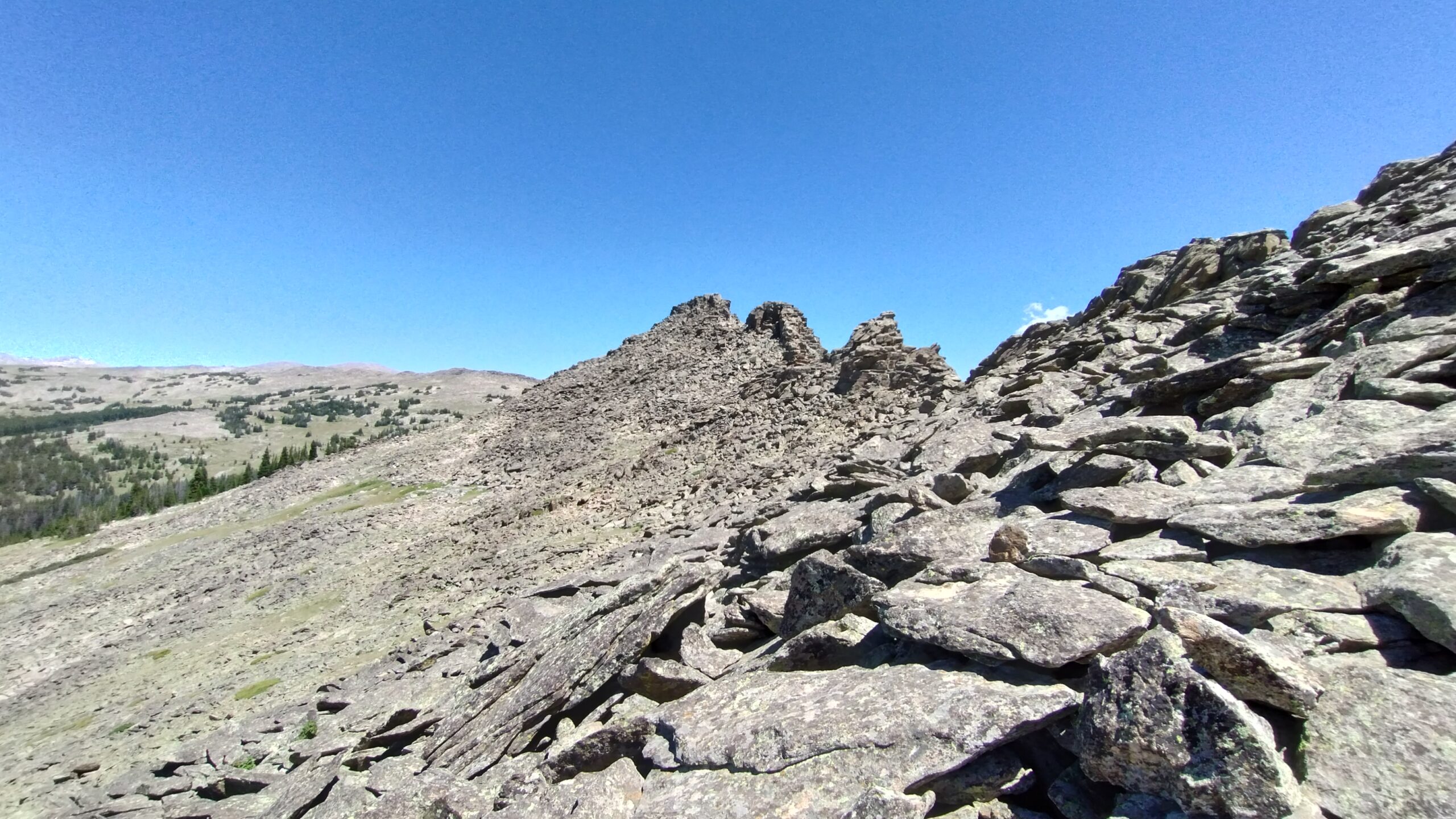
It isn’t hard to find a way over these mountains: there are only two roads that cross them. And they’ve only got one lane in each direction. No way to get lost!
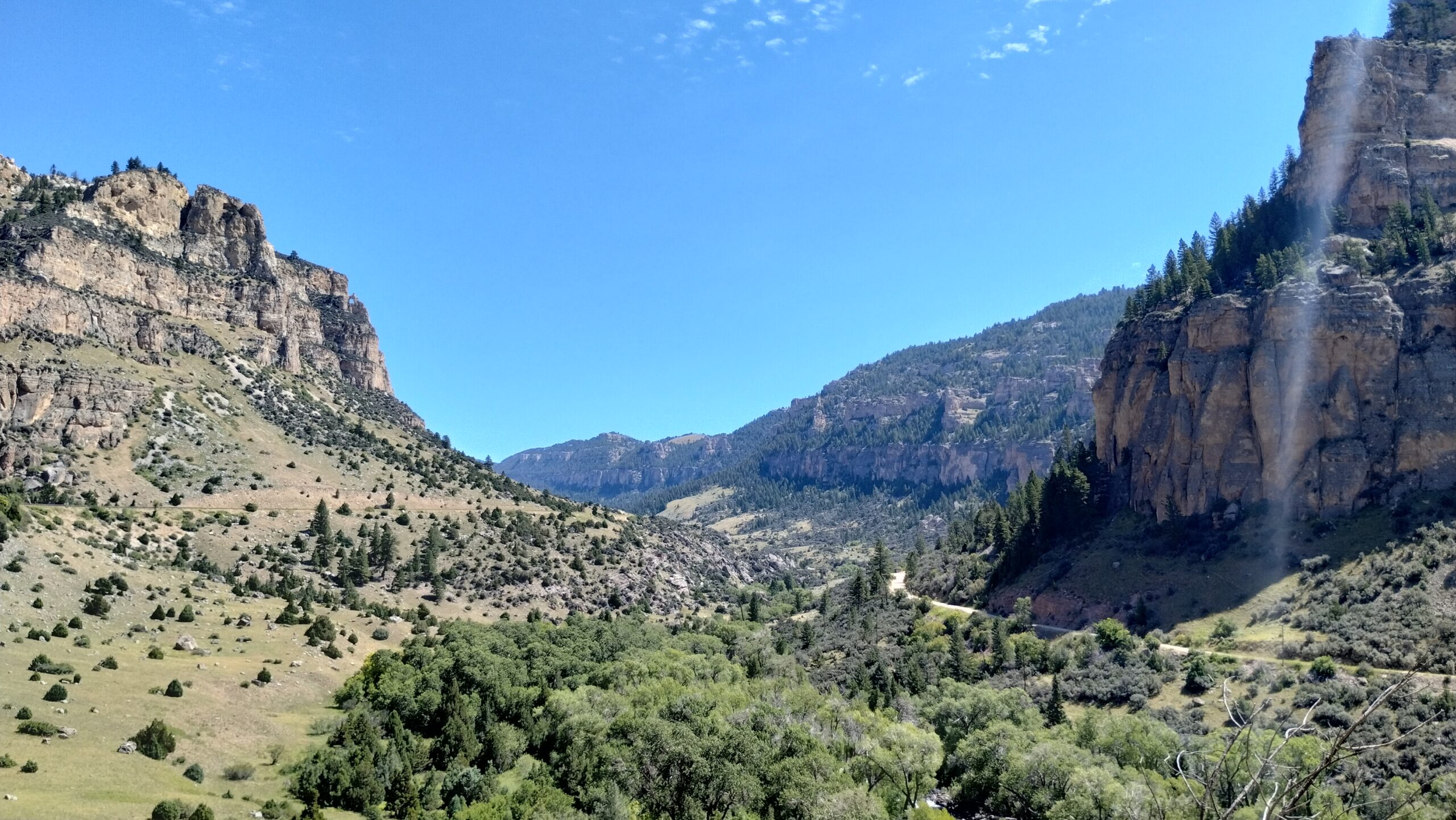
On the west side of the mountains, I found more or less the perfect place to camp: a brewery with a dozen campsites scattered on the front lawn in Tensleep.
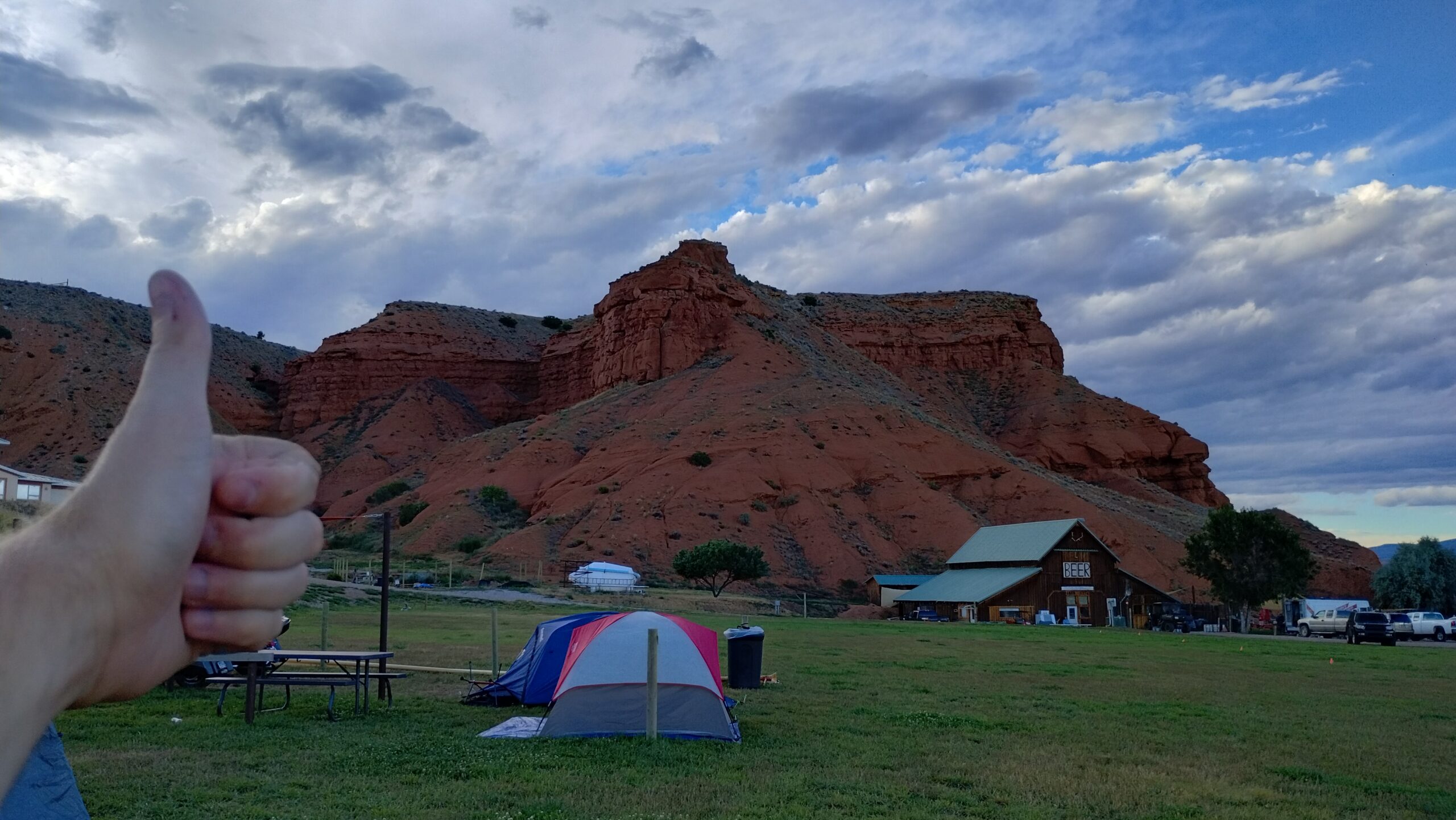
Needless to say, I got my money’s worth on both the lodging and the location 🙂
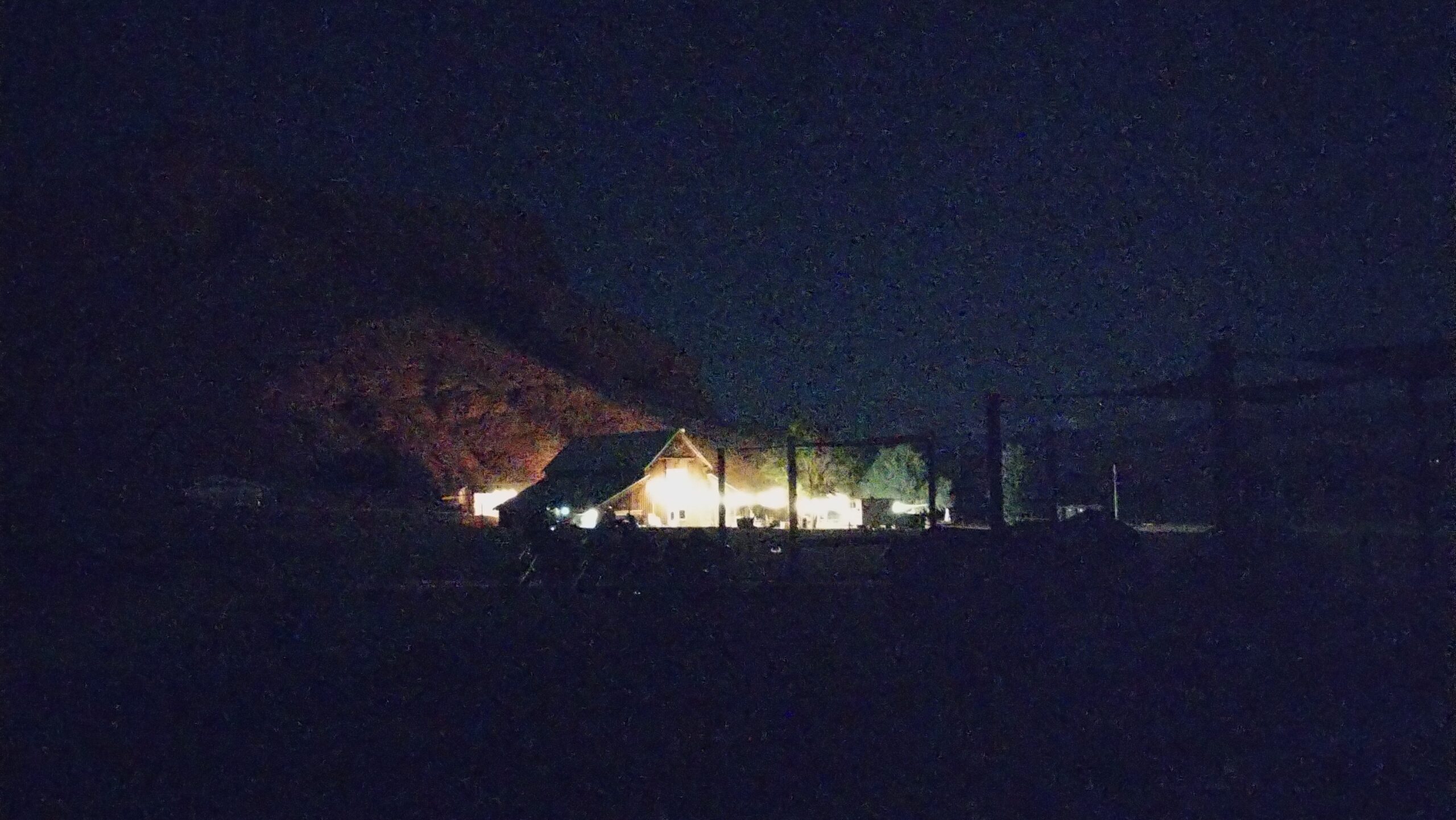
I wish my nighttime photos did justice to how many stars were out. The night was warm and dry, and you could lay out on the picnic table at your campsite and see a million little pinpricks in the night sky. Constellations I have not seen before or since are clearly in view when you’re flanked by mountains with no towns around.
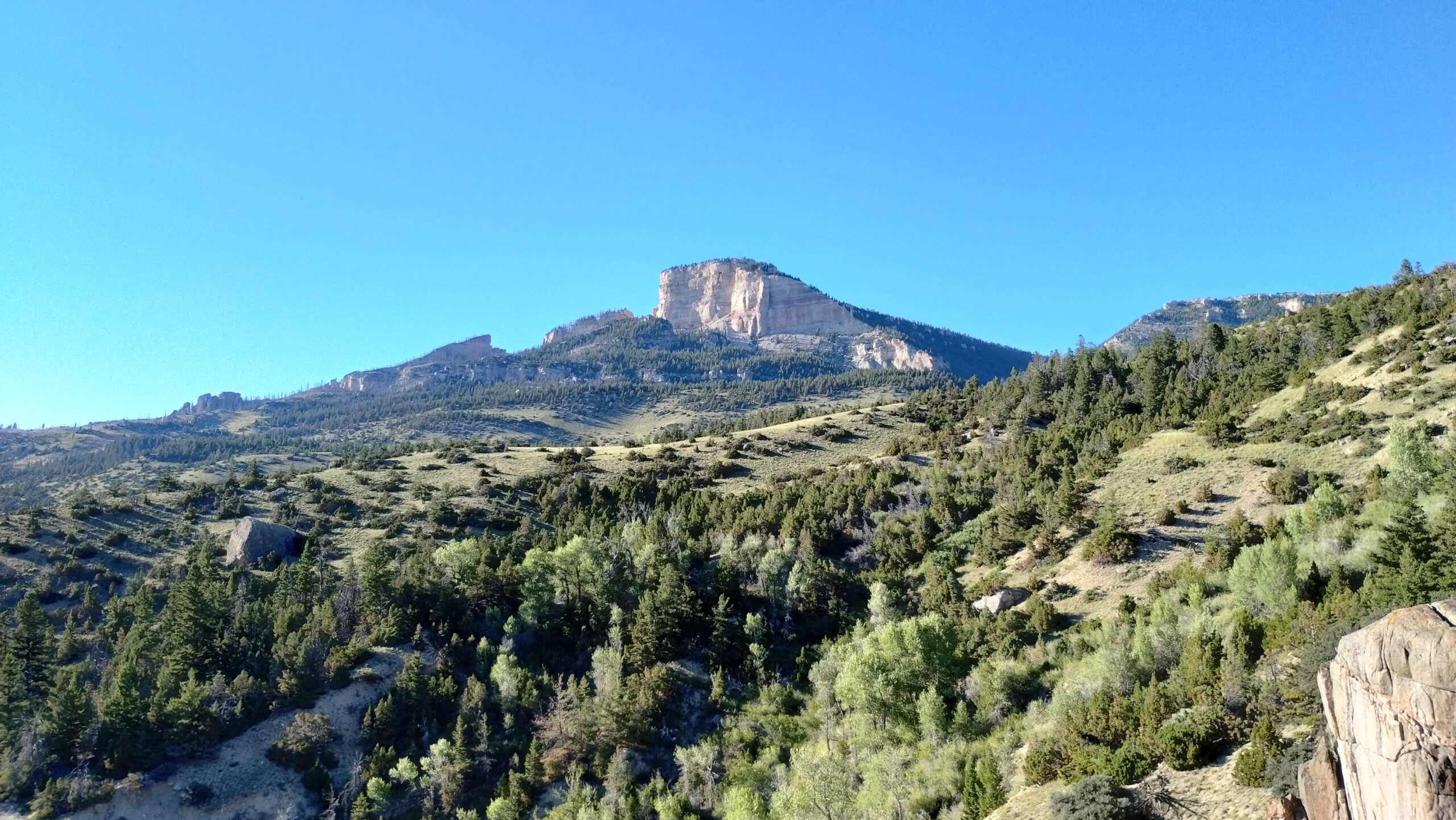
The next day I rambled back through the mountains and sort of circled them on the two roads that cross them in the lower and upper thirds. It was interesting seeing how piney and wet the eastern side of the mountains were, while the west side was honestly pretty craggy and dry:
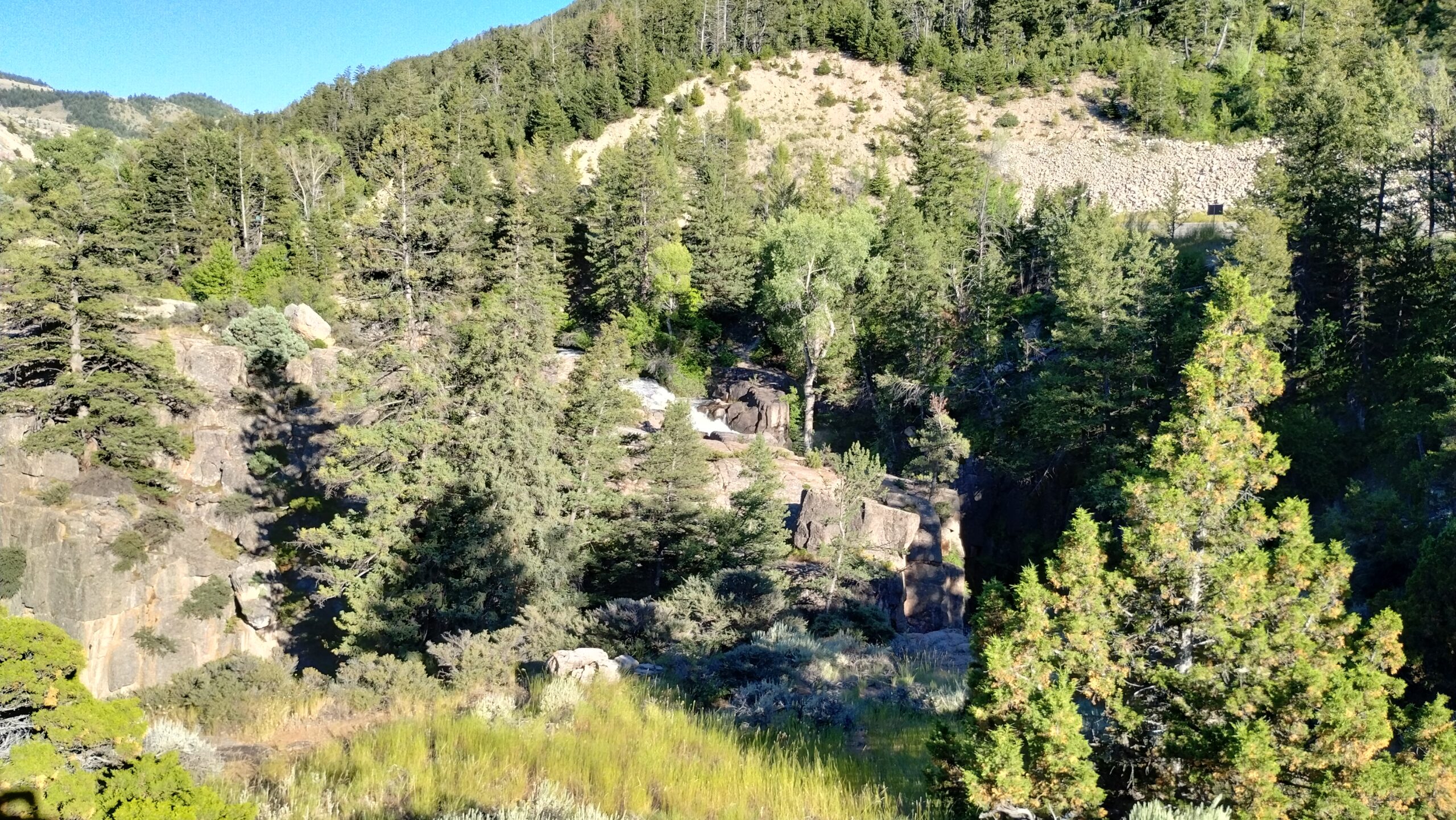
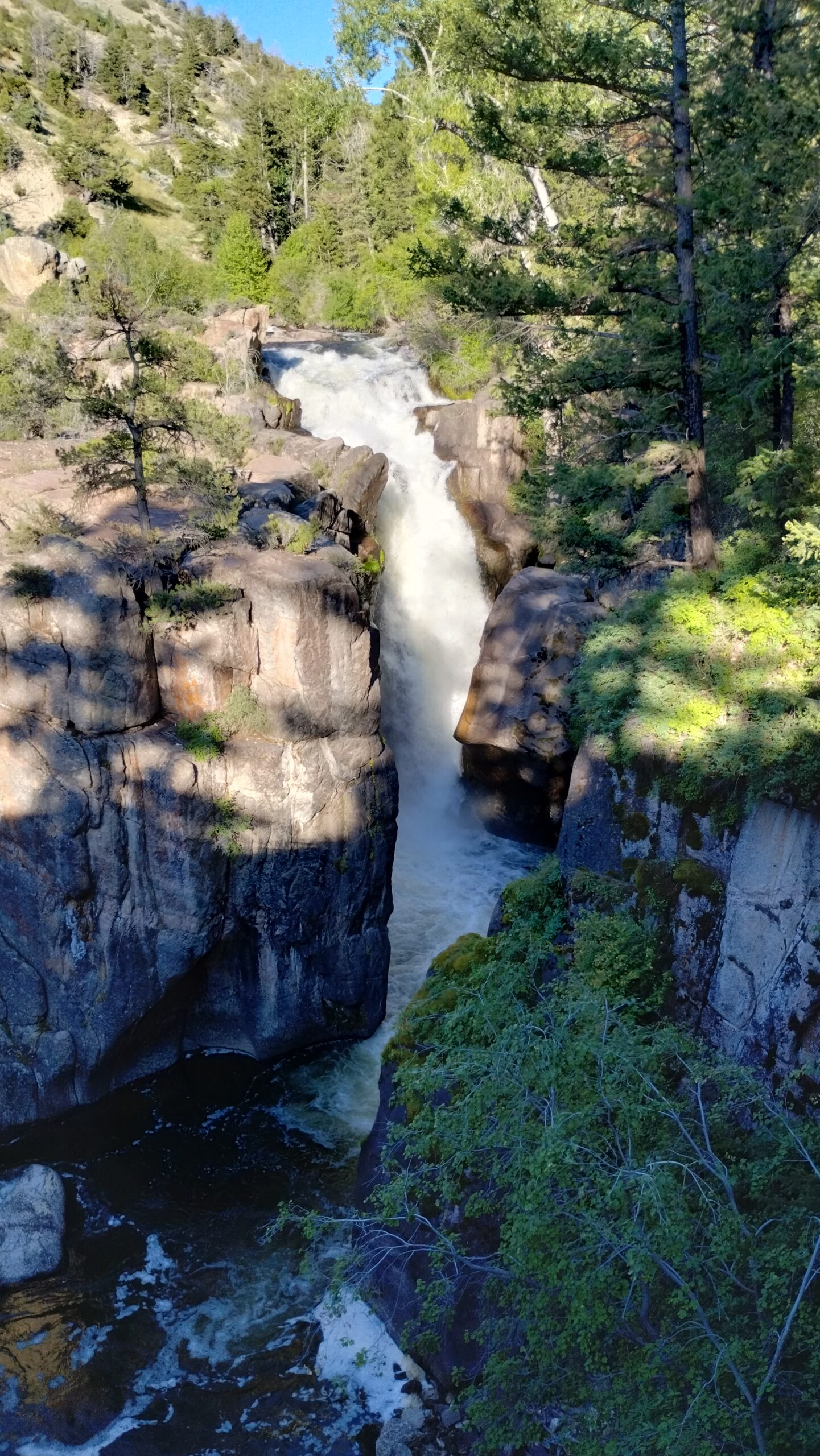
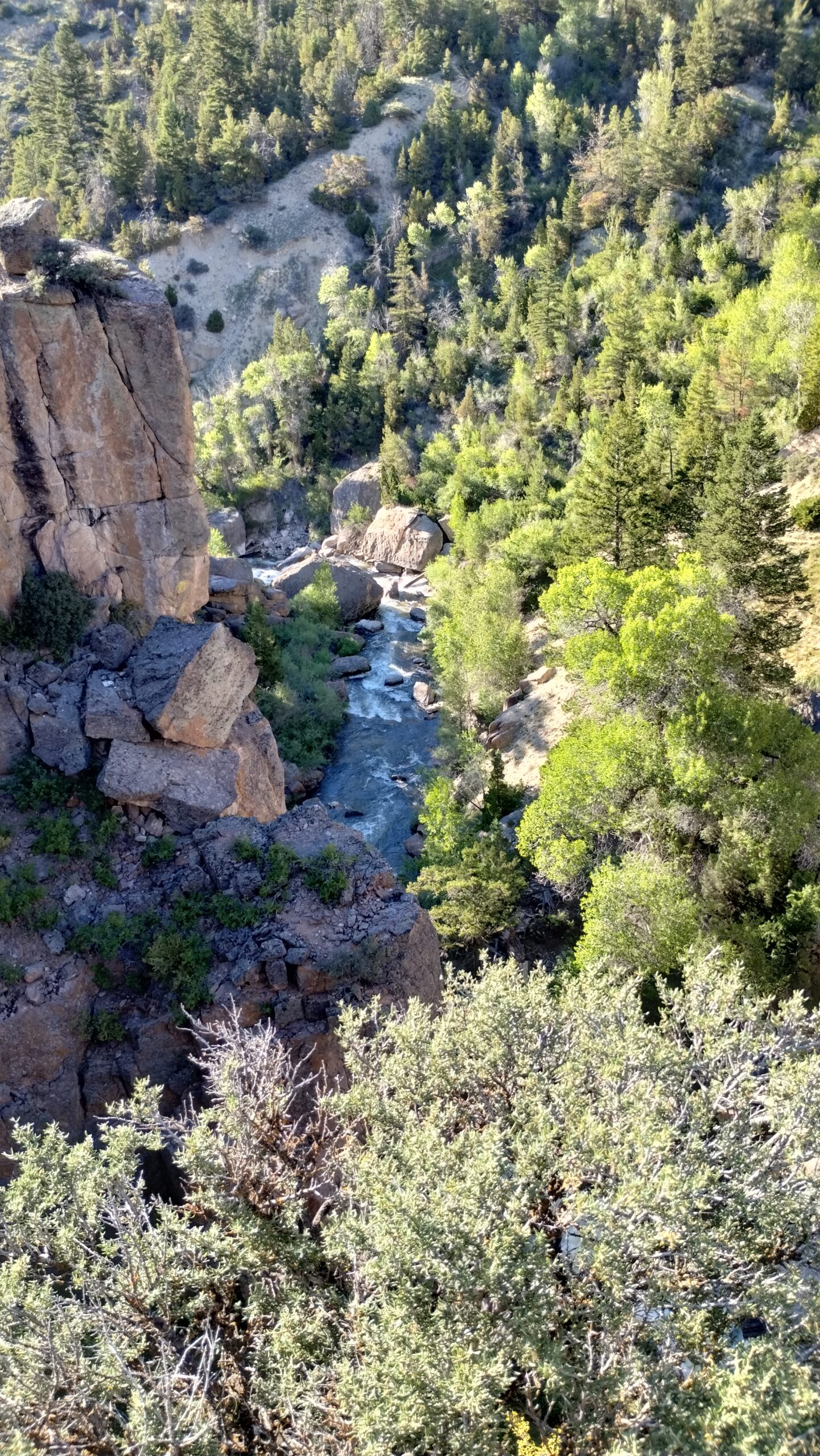
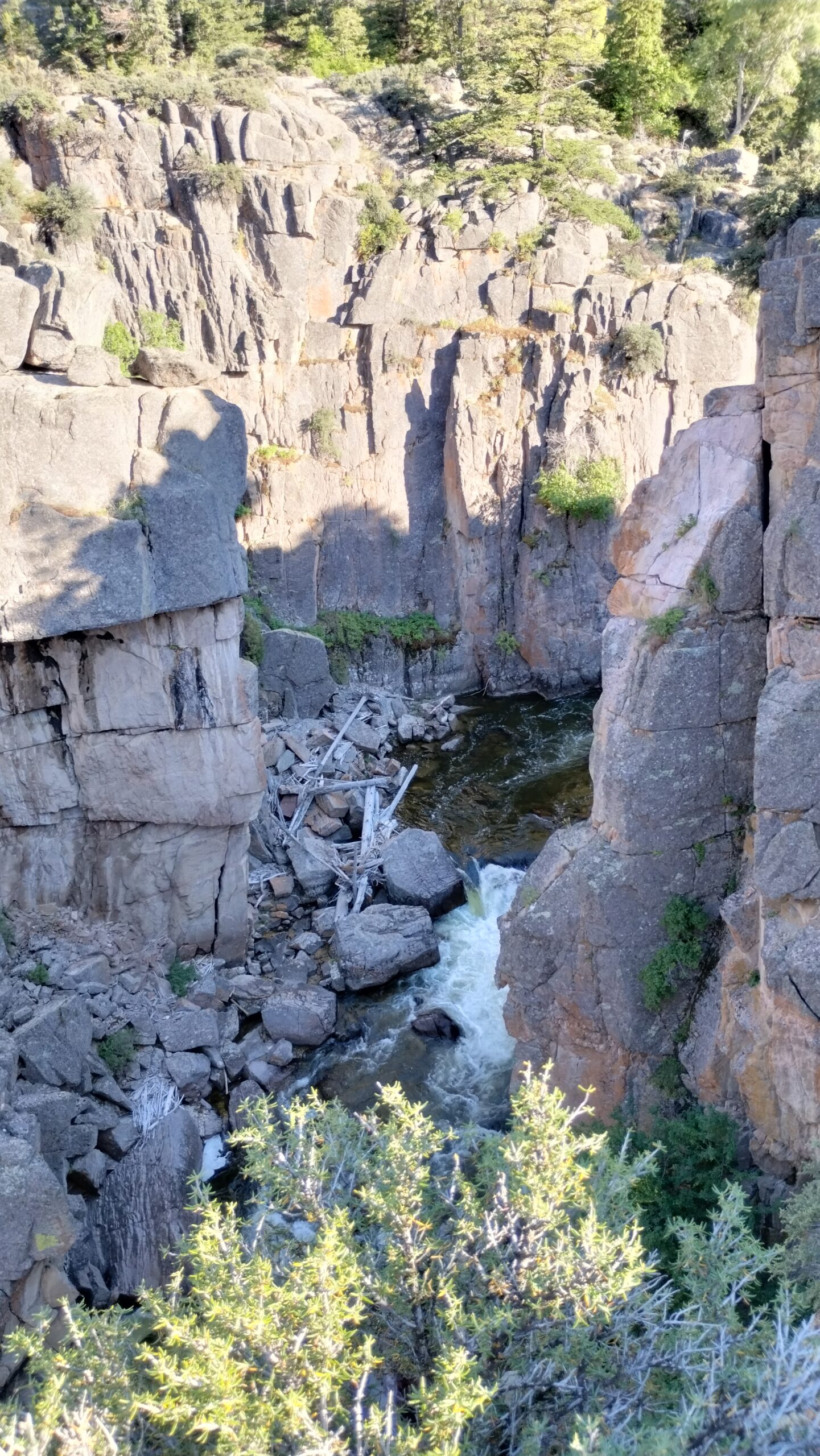
Well, dry in most places anyways.
I didn’t spend a ton of time in the Bighorns, and don’t have a ton of memories there. It was cool, it was interesting, and I’m glad I know what this part of the country looks like. That’s about all I can say about it ¯\_(ツ)_/¯.
Except for this:
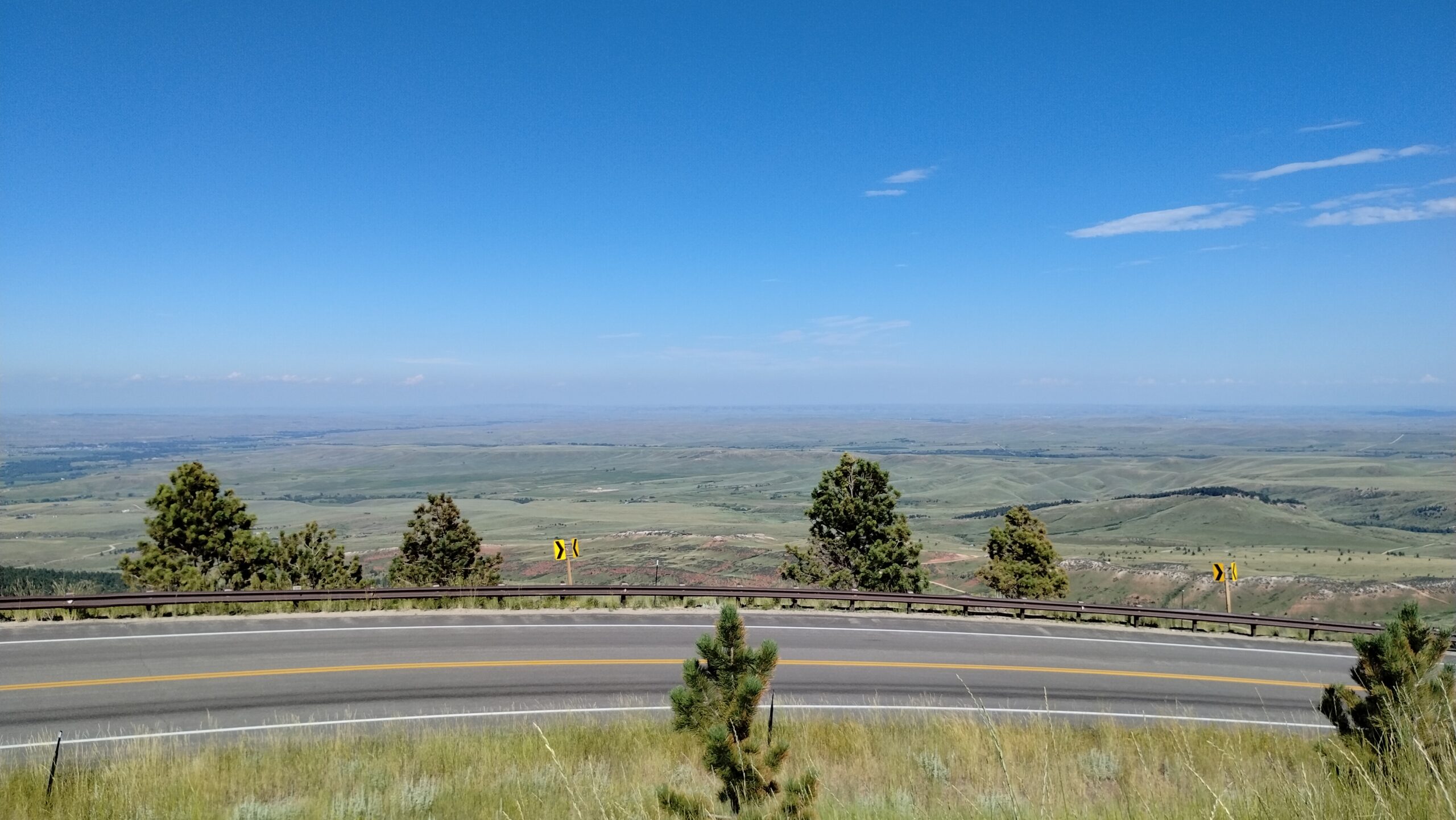
This view is located exactly here: 44°49’39.7″N 107°19’42.5″W, and is locally known as “Hogback Turn” on US-14, southwest of Ranchester, which sounds sort of like a Brit settled in Wyoming and tried his hand at cattle farming but never really made it that far and had to prop up his 25,000 acre ranch with money from his father’s Cornish coal mines across the sea.
Wait what was I talking about?
Oh yeah, anyways, this spot.
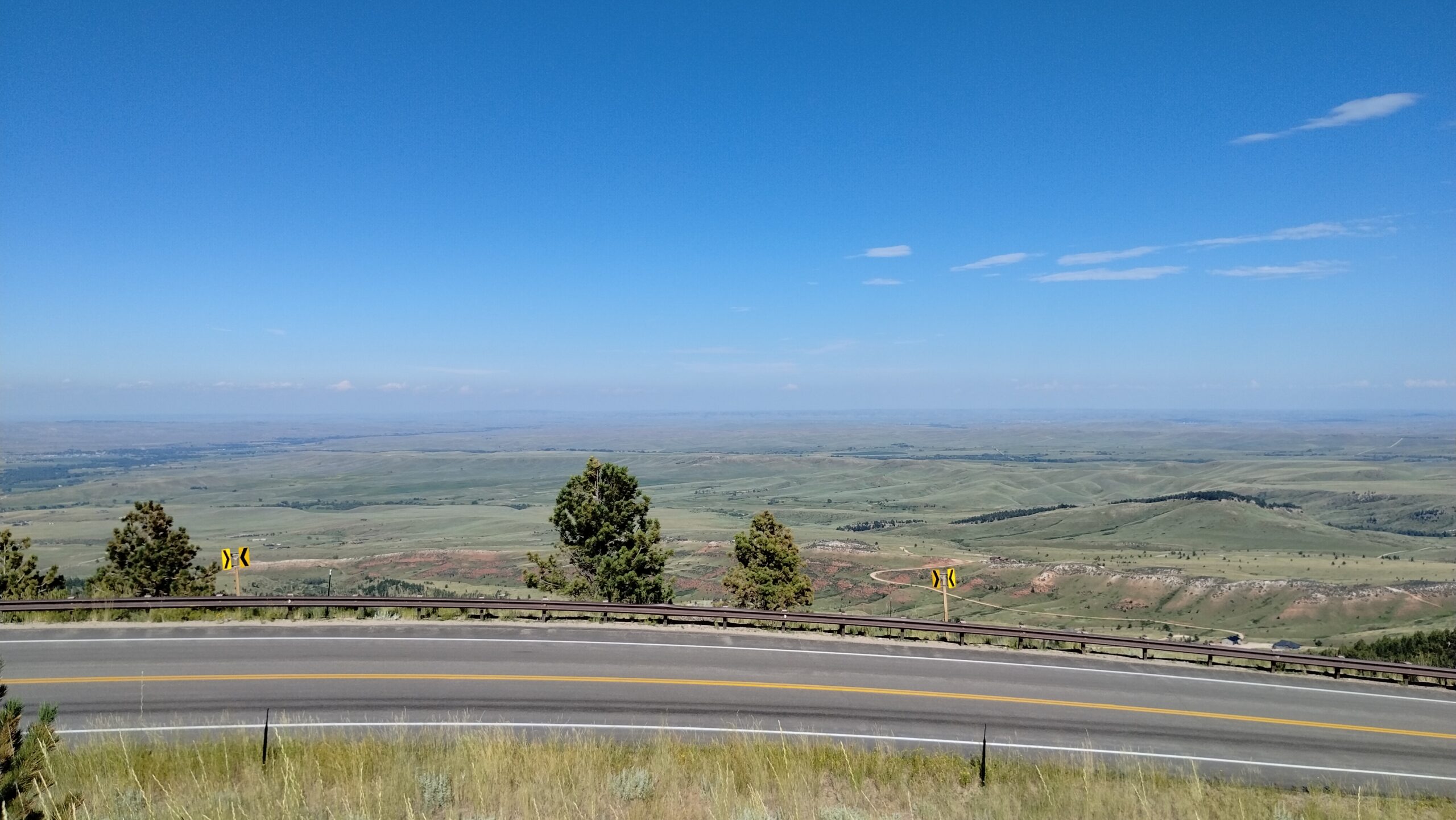
At this exact point, while I stopped to admire the view and the plains and the big skies, I realized that this is the end of the west. From this exact spot, looking east, there are absolutely no geographic features between me and DC. None. The sightline eastward skirts north of the Black Hills and south of Lake Michigan. It crosses the Mississippi at some obscure bridge in Prarie Du Chien and the Ohio at an even more obscure spot in Wheeling. It’s a homeward trail where 1600 miles as the crow flies is finally 1600 miles as the deer walks, with only a single ridge of the Alleghenies merely 100 miles from home to interrupt the trek eastward.
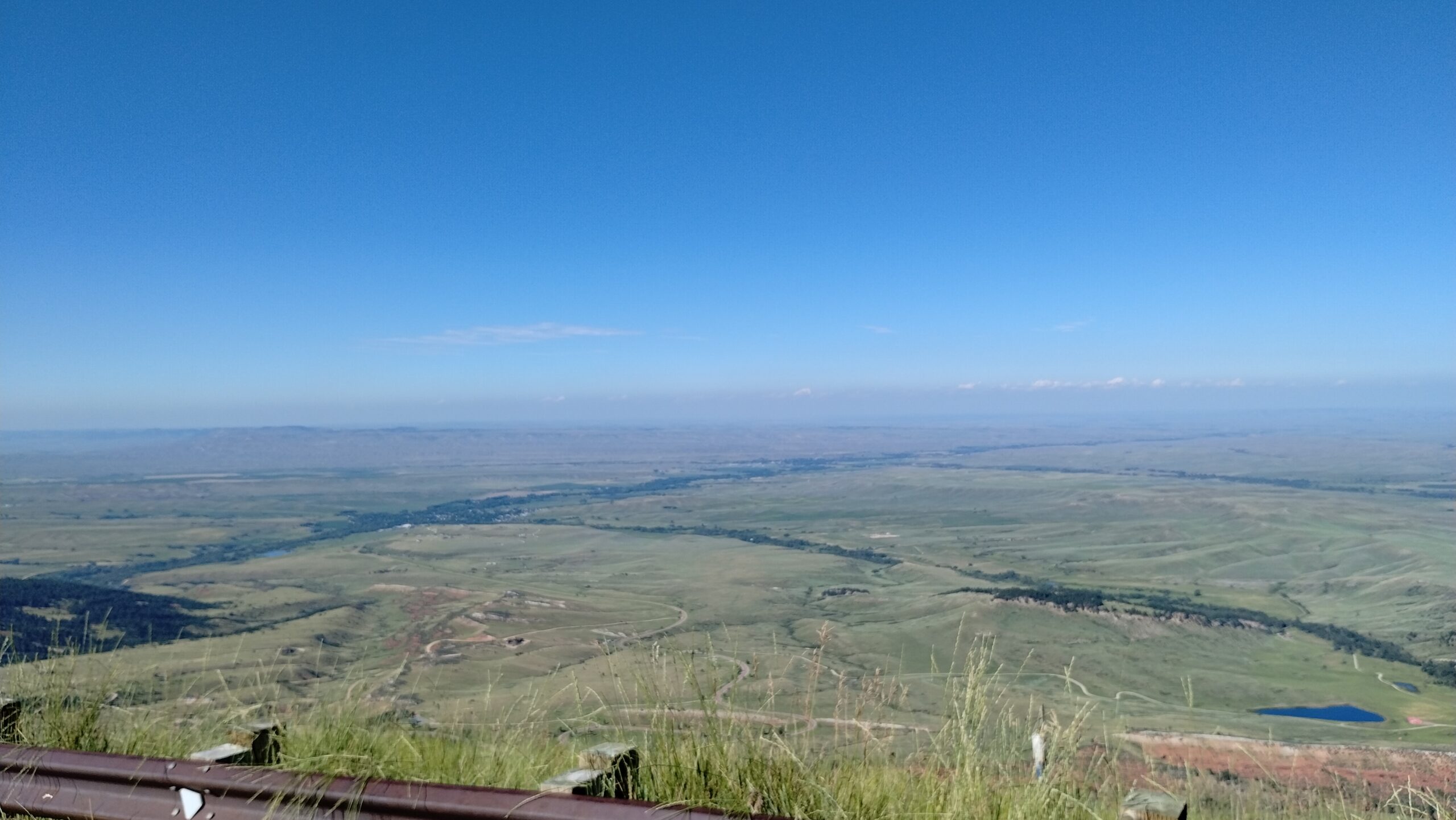
And this shook me to my core.
I first entered the west all the way back on May 3rd, when I first crossed the Sacramento Mountains and descended into the Tullarosa Basin, that vast and stricken plain of shifting white sand dunes and dust clouds towering miles above me in the air. Everything turned so big and strange and new. Every mountain range and every valley and every gorge was a pair of hands clasping, grasping, pulling me inexorably inwards. Every ridge was a feat and every pass was a milestone, a new universe and a new challenge to face just over “them thar hills.” Even when I reached the Pacific at Santa Cruz (Not Santa Barbara, sorry Loressa 😉 ), I still felt the presence of the coast range at my back, and the enthralling push of every mountain behind me, driving me seaward, a wave of land riven as tides towards the ocean shore. I felt their overwhelming mass all around me in the Cascades, in the Olympics, in the Tetons. Even in the windswept Coulees of Eastern Washington, empty and forlorn, I felt their surround.
And now it was just… gone.

This trip was coming to an end. It finally hit me. It finally hit me, and rose and towered and terrified like the mountains I was leaving behind.
It’s really coming to an end.
I stood there. And I thought about that for a long, long time.
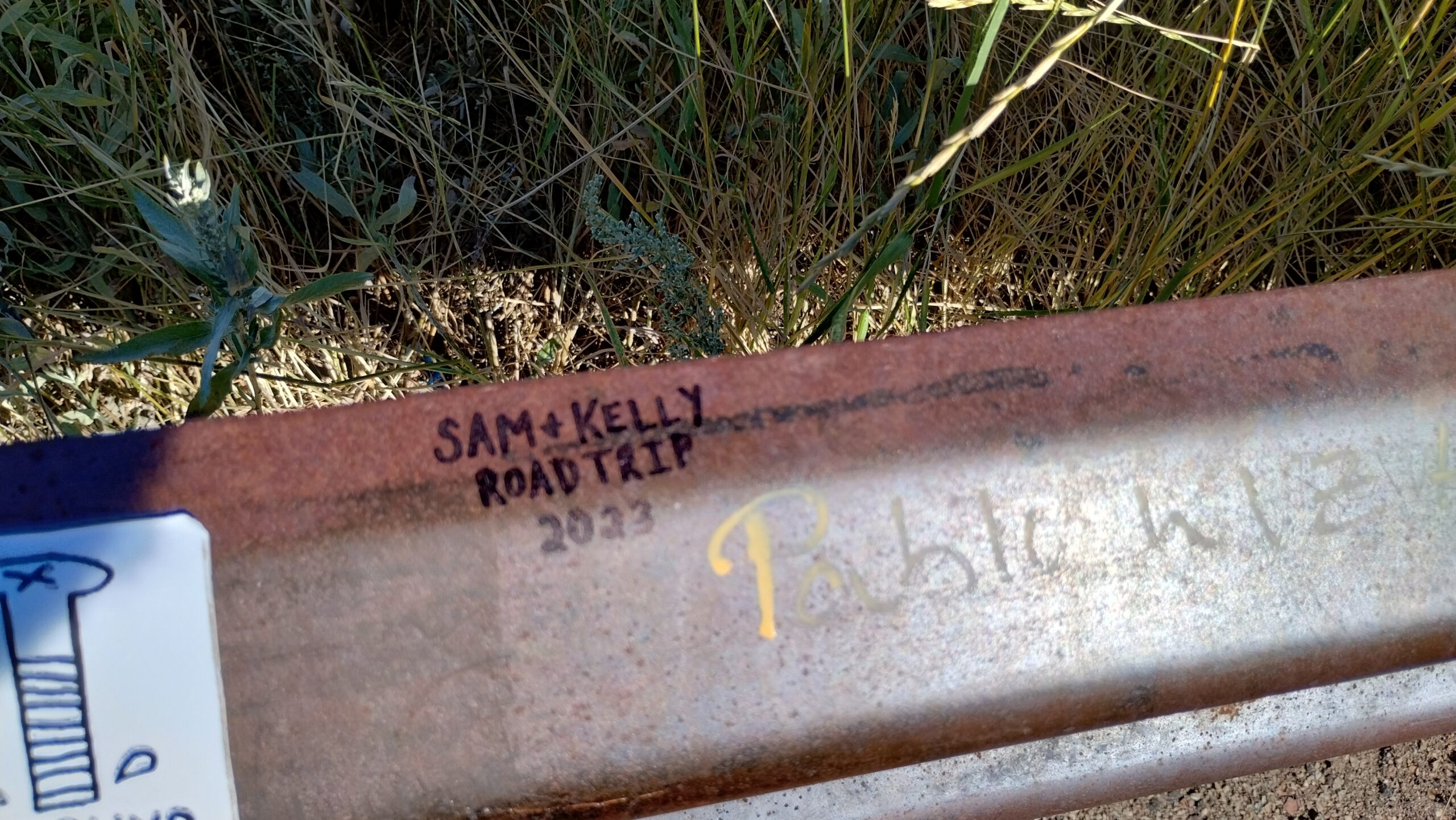
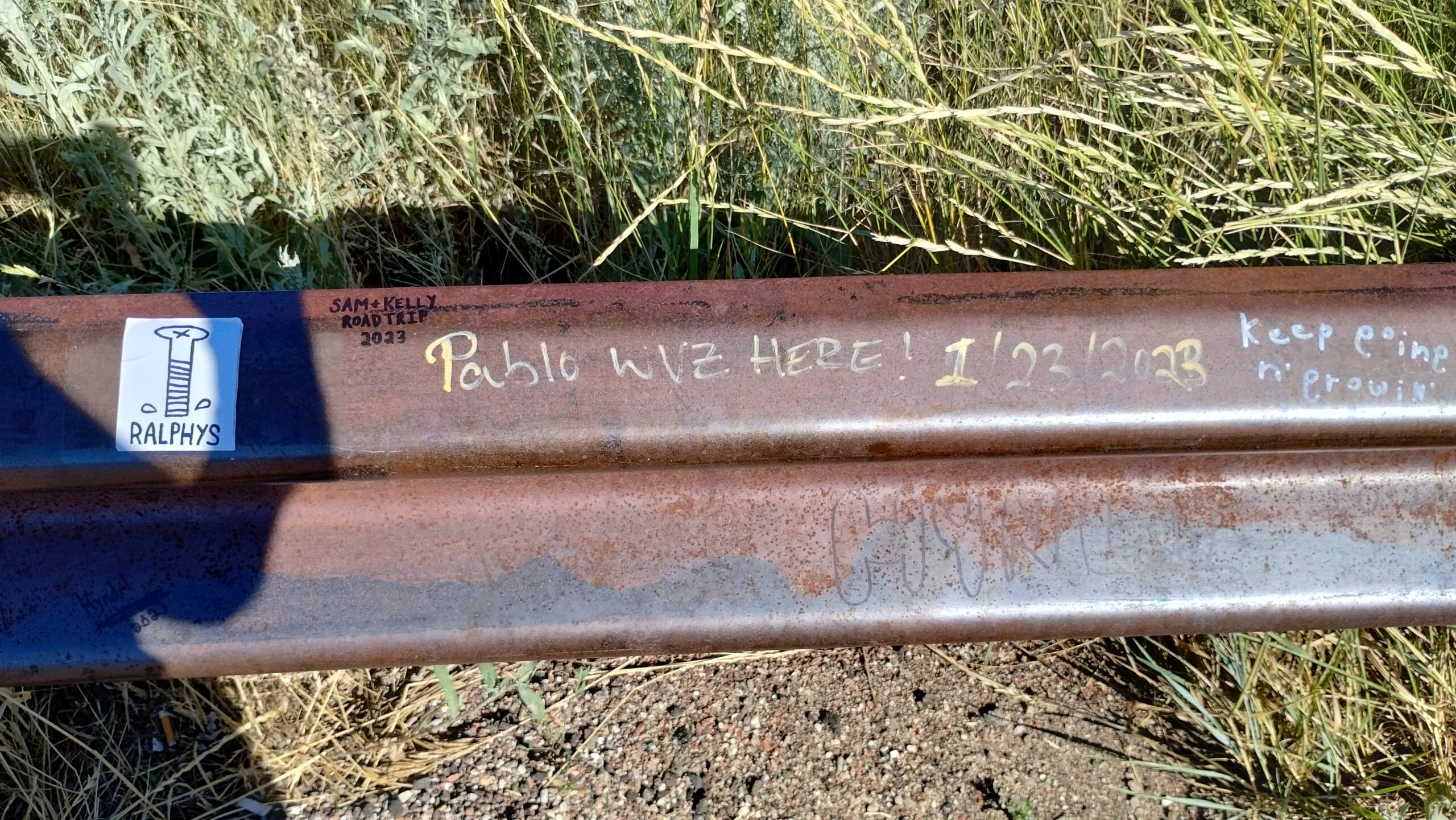
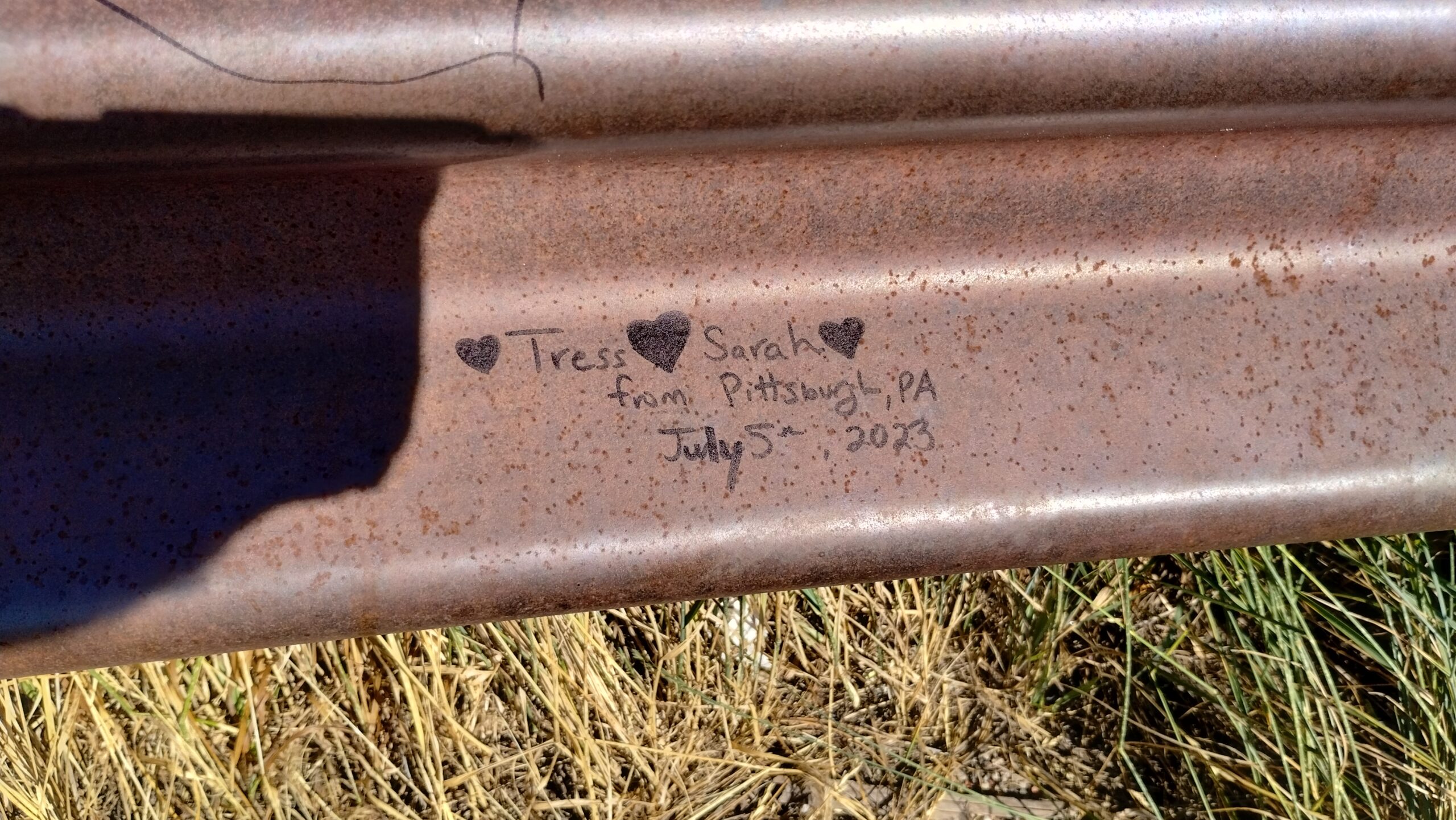
Some guardrail philosophers to contemplate with me.
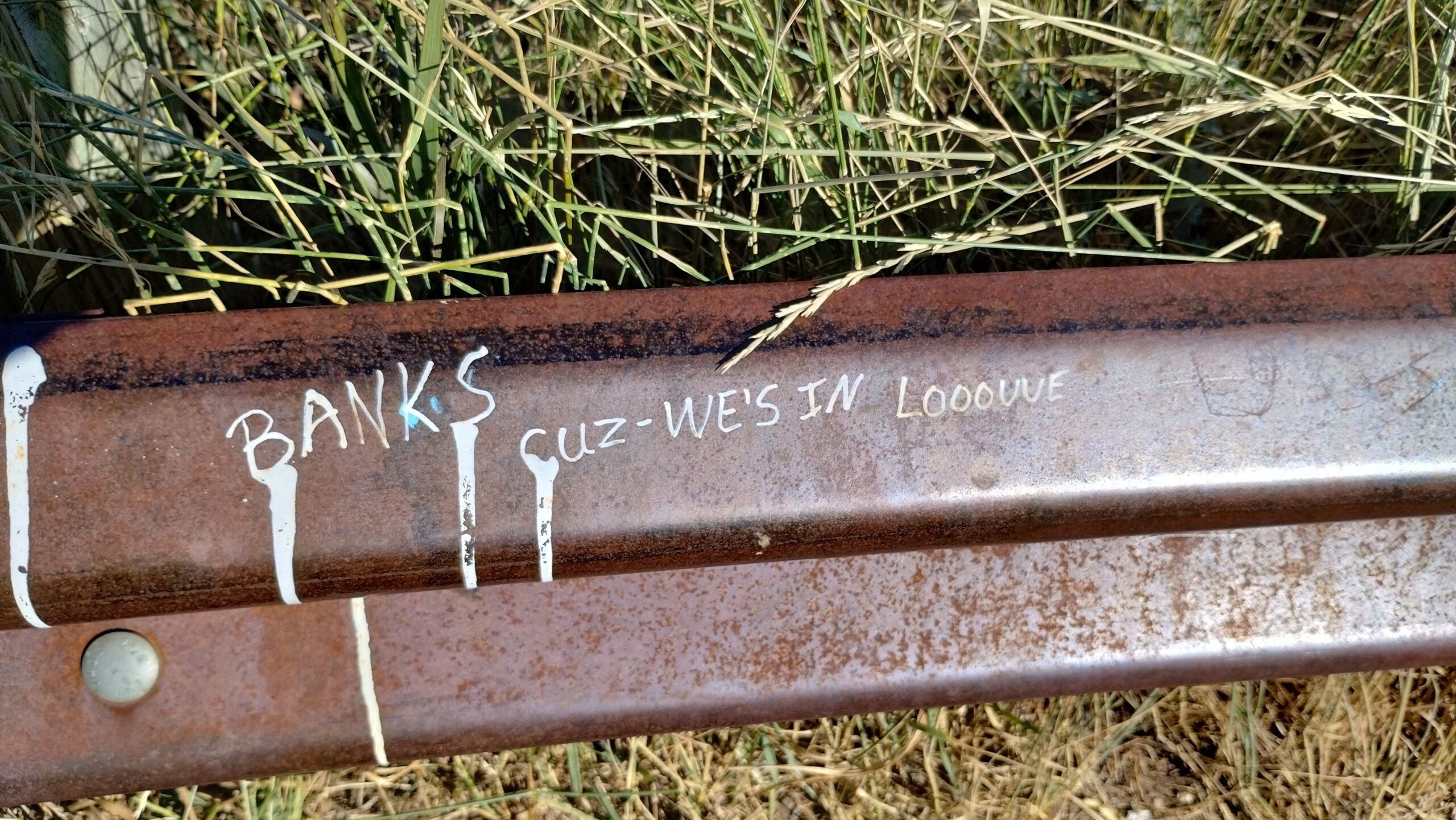
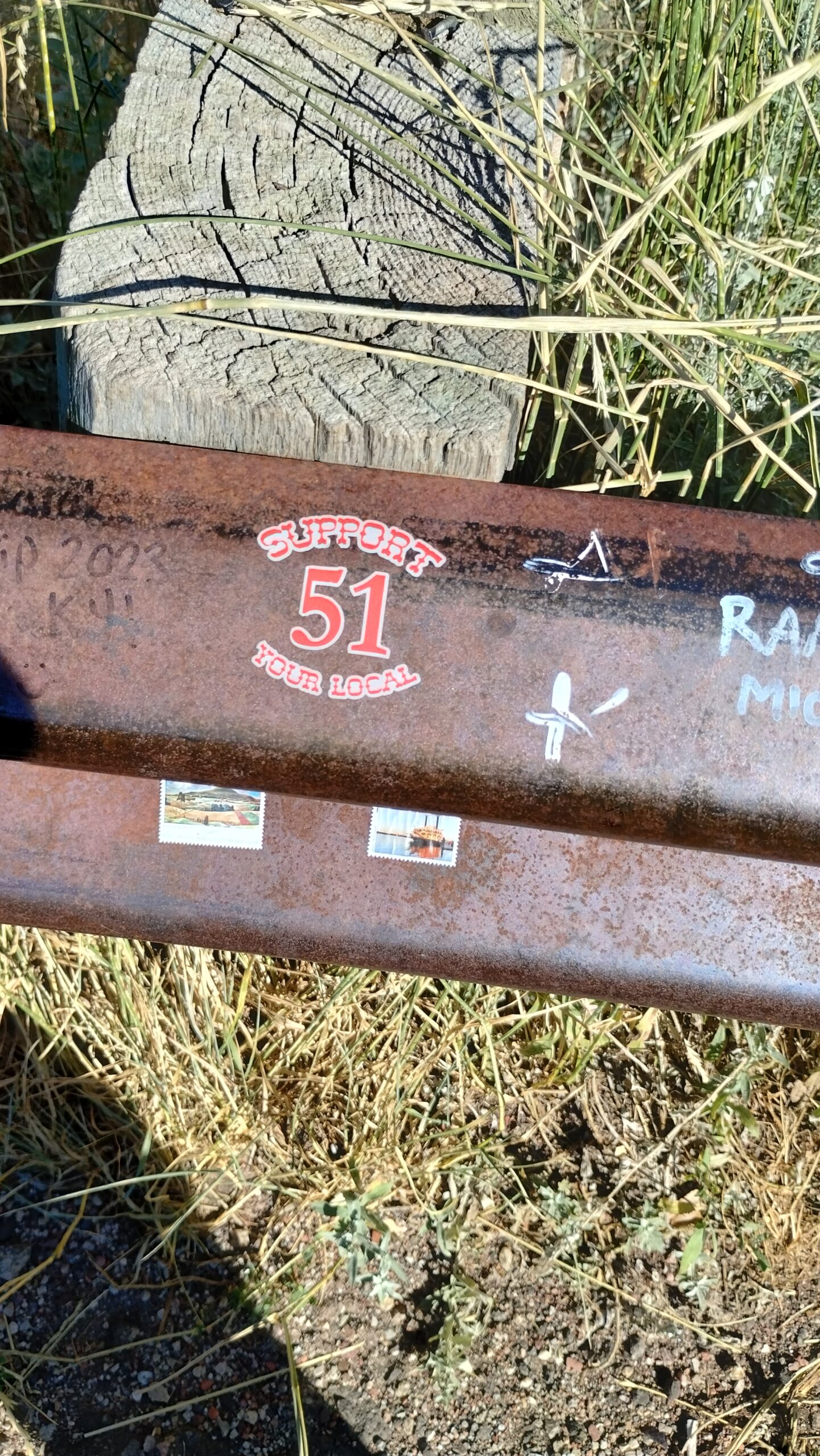
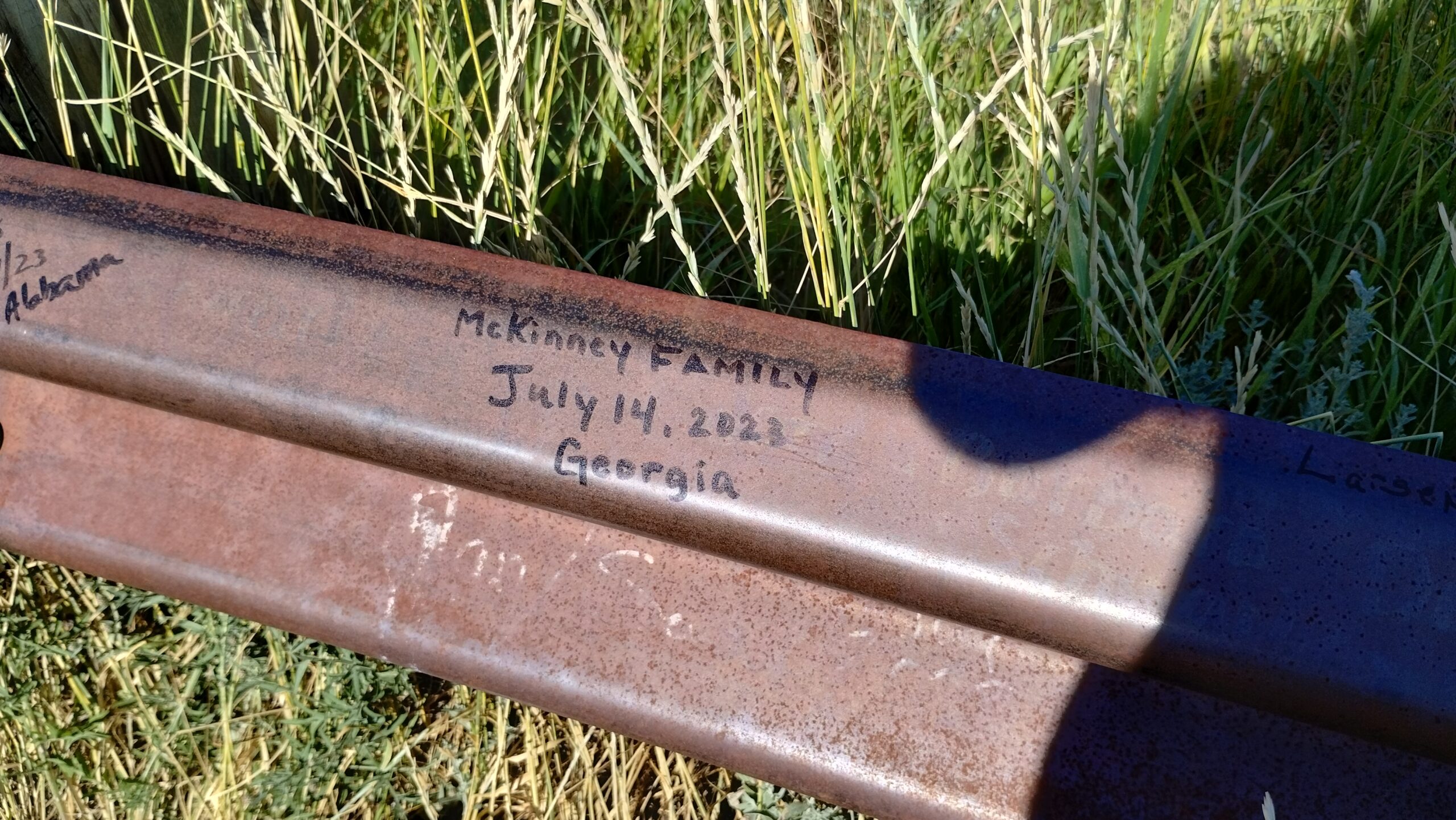
I couldn’t believe it, but I was finally going home.
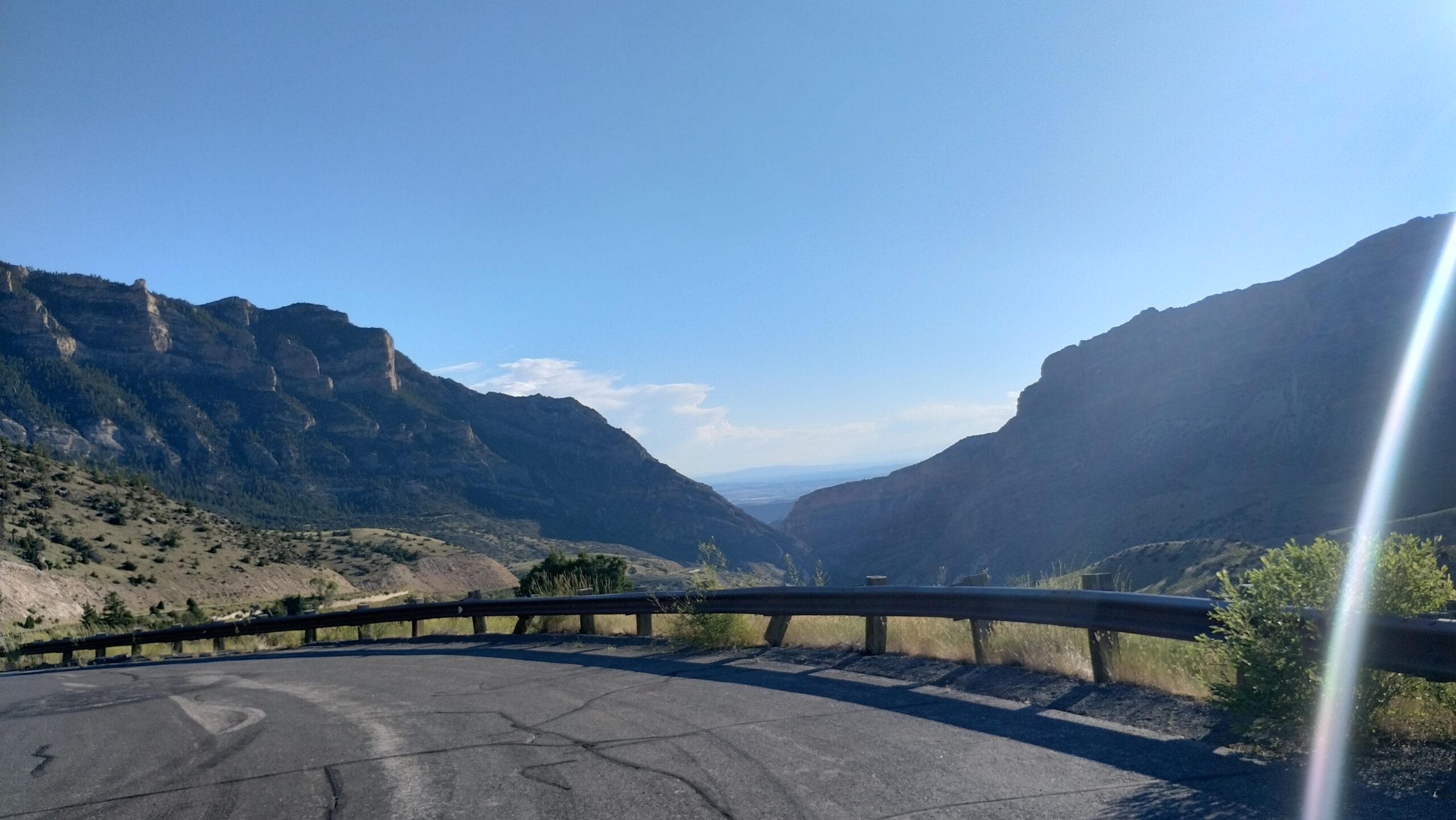
Stay well everyone,
Evan 💙